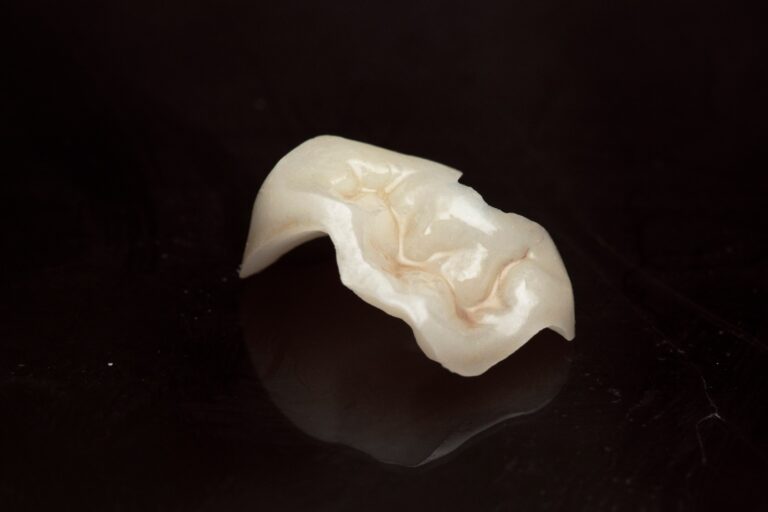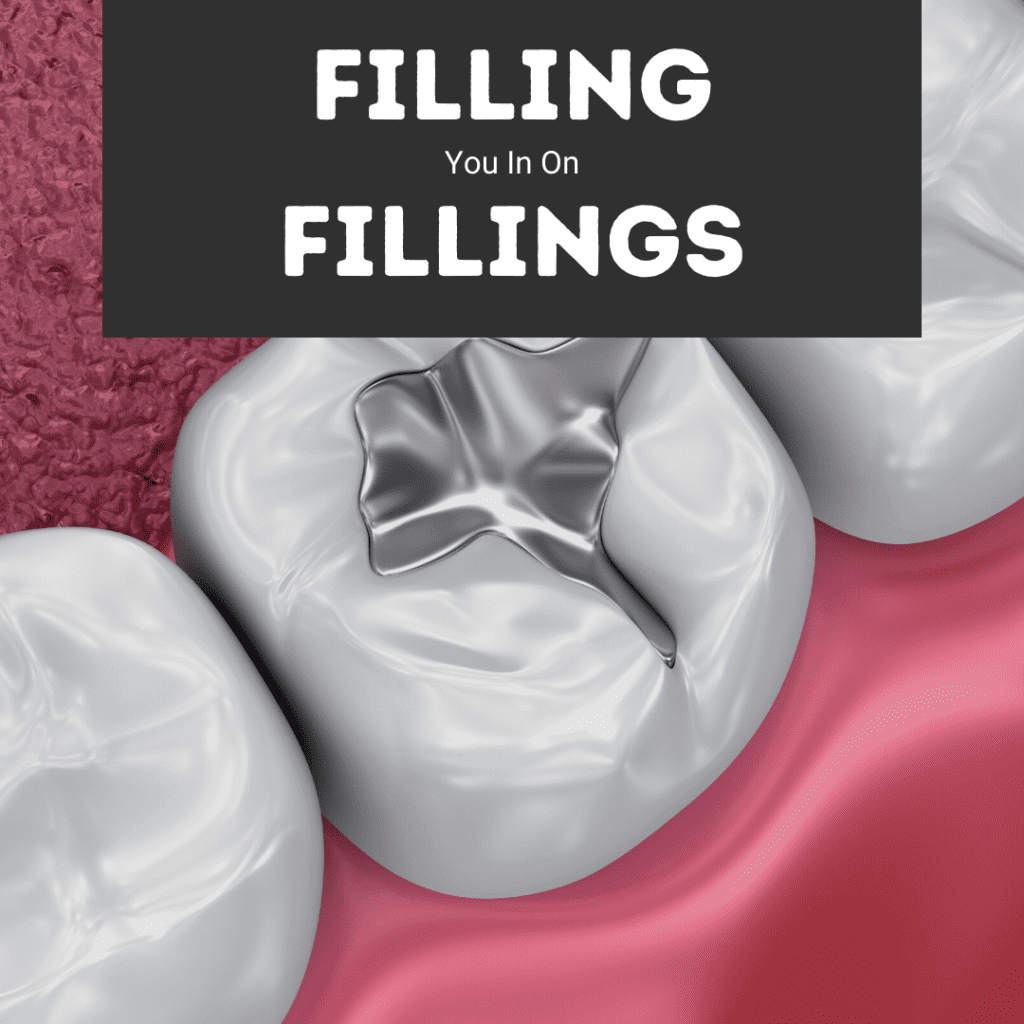If you’ve ever had a cavity, you probably know that it needs to be filled in order to protect your teeth. But what exactly is a filling and why are they necessary? In this blog post, we’ll be filling you in on fillings by discussing everything you need to know about fillings, from what they are to how long they last.
Fillings are used to restore teeth that have been damaged by decay. When you have a cavity, the decayed area needs to be removed and then filled in order to protect your tooth from further damage. Fillings can also be used to repair cracked or chipped teeth. There are two main types of fillings: direct and indirect fillings.
Direct Fillings

Direct fillings are made of materials such as amalgam (a mixture of metals) and composite resin (a plastic material). These fillings are placed directly into the cavity in your tooth. In most cases, your dentist will use composite resin fillings since these can blend in with the natural appearance of your teeth.
Indirect Fillings
Indirect fillings are made of materials such as gold, porcelain, or metal amalgam. These fillings are not placed directly into the cavity in your tooth. Instead, they are made outside of your mouth and then bonded to your tooth. Indirect fillings are usually used for larger cavities that cannot be restored using composite resin. Most dentists opt to use porcelain for inlays or onlays because this offers an aesthetic appearance.
No matter what type of filling you have, the filling process is generally the same. First, your dentist will remove any decay from your tooth using a drill. Next, they will clean out the area to prepare it for the filling. At this point, there are a few differences depending on the type of filling you are having placed.
When having a direct filling placed, your dentist will place the composite resin material into the cavity and shape it to fit your tooth. Then, they will harden the filling material using a special light. Direct fillings only require one dental appointment for placement and are completed once the composite resin has hardened in place.
When having an indirect filling placed, however, your dentist will need to take a dental impression. This is a mold of your teeth that will be used to create the indirect filling. The impression will then be sent to a dental lab where your inlay or onlay will be made. Once it has been made, your dentist will bond it to your tooth using special cement. Since indirect fillings need to be fabricated by a dental lab, they take a minimum of two appointments to be placed.
Fillings usually last for several years before they need to be replaced. However, there are some signs that you may need to have your filling replaced, such as if the filling has cracked or come loose. If you notice any of these signs, be sure to schedule an appointment with your dentist right away.
In this blog post, we have filled you in on everything you need to know about dental fillings. We have discussed what fillings are, the different types of fillings, and how each type is placed. We have also talked about how long fillings usually last and what signs to look for if your filling needs to be replaced. Thank you for reading!




